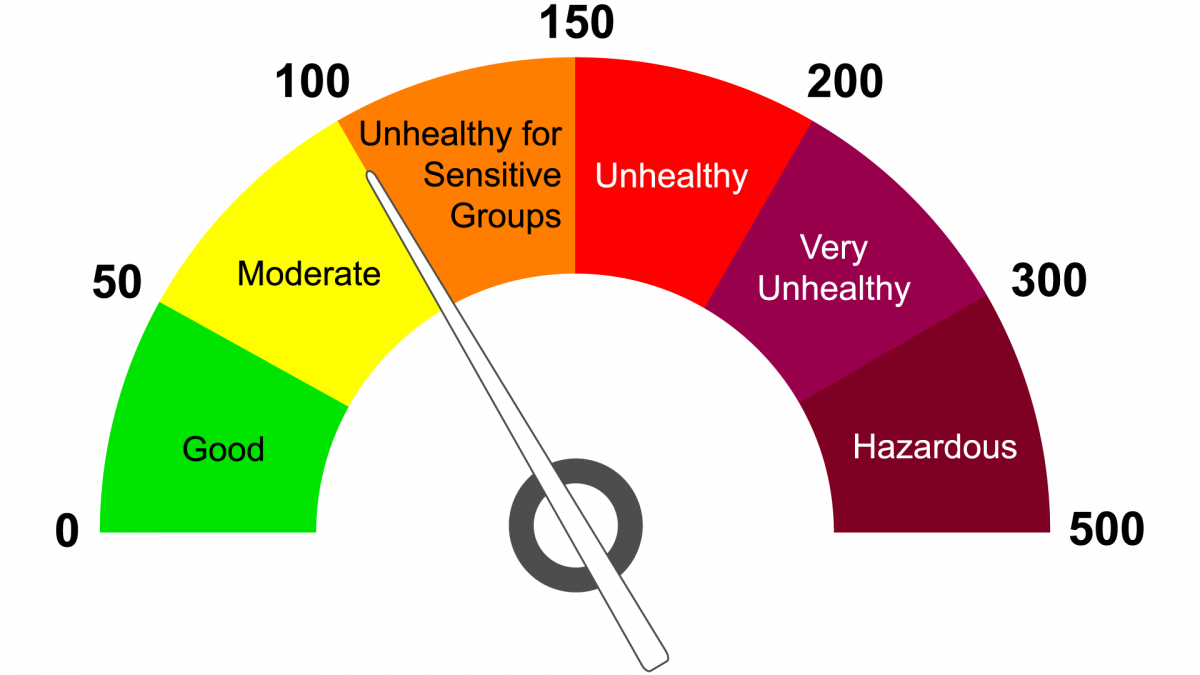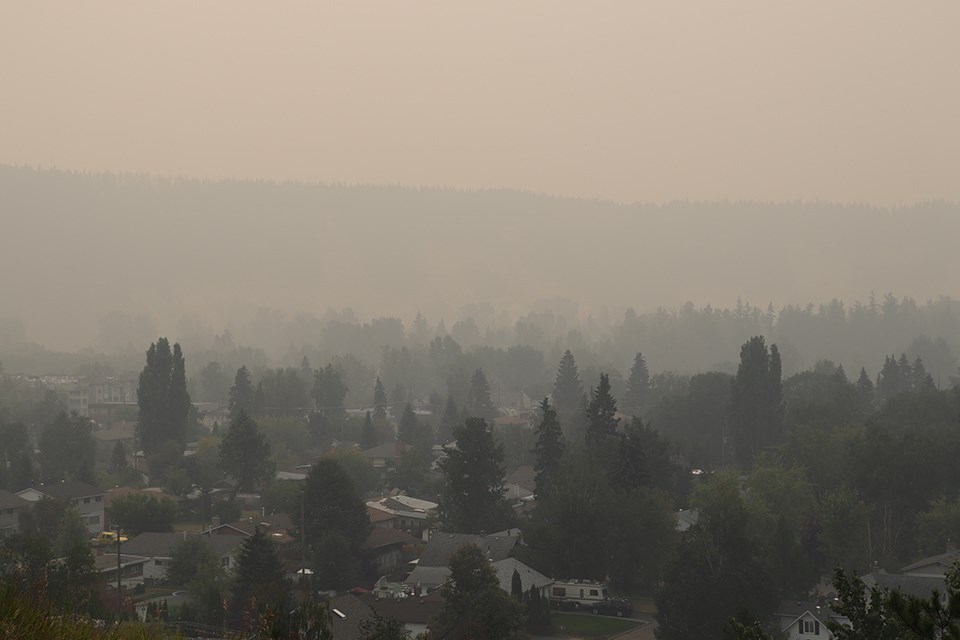
With last year’s wildfire season setting new, unprecedented records and this year predicted to follow suit, the respiratory hazards for frontline wildland firefighters have become a pressing concern. The BC Wildfire Service (BCWS) has been at the forefront, not only in firefighting but also in pioneering research and developing equipment to protect their workers—a model that can extend to BC forestry workers.
On May 1, 2024, the British Columbia Forestry Safety Council (BCFSC) hosted a webinar titled “Mitigation Strategies for Wildfire Smoke and Other Respiratory Hazards in Wildland Firefighting.” and invited Drew Lichty, Occupational Hygienist at Canada Wildfire, and Steve Lemon, Provincial Safety & Wellbeing Officer to discuss the various respiratory hazards faced by wildland firefighters, the latest research findings on exposure levels and the mitigation strategies BCWS has implemented to control and reduce these exposures to help BC Forestry workers get a better understanding of the risks of wildfire smoke to respiratory health and how to mitigate the risks using PPE recommendations.
The following provides an overview of the webinar:
Exposures Faced by Wildland Firefighters:
- Wildfire Smoke is a complex mixture particulate matter, volatile organic compounds, polycyclic aromatic hydrocarbons and other toxic substances that poses significant health risks. The particulate matter, mostly sub-micron in size, can cause inflammation and oxidative stress, while PAHs and VOCs, including formaldehyde and benzene, are known for their carcinogenic potential.
- Engine Exhaust: Firefighters are also exposed to carbon monoxide and nitrogen oxides from engine exhaust, which can lead to fatigue, respiratory problems and even death at high concentrations.
- Crystalline Silica: Disturbing soil during firefighting activities can expose workers to crystalline silica, leading to long-term health issues like silicosis and lung cancer.
 Research Findings on Exposure Levels:
Research Findings on Exposure Levels:
- Particulate Matter: The top 5% of PM exposures were found to be 1,820 µg/m³, significantly higher than the “working” exposure limit of 700 µg/m³.
- Carbon Monoxide: The top 5% of CO exposures reached 11 ppm, surpassing the 12-hour exposure limit of 6.25 ppm.
- Crystalline Silica: The top 5% of silica exposures were at 119 µg/m³, well above the 12-hour exposure limit of 6.25 µg/m³.
- Volatile Organic Compounds: Formaldehyde exposures peaked at 83 ppb against a 12-hour limit of 25 ppb, while benzene exposures reached 37 ppb, with a limit of 125 ppb.
Mitigation Strategies Implemented by BCWS:
- Respiratory Protection: BCWS has been evaluating various respiratory protection options, including trialing three models of respirators across six unit crews.
- Sundstrom SR100 with replaceable particulate and gas cartridges
- Fair Air Mask with washable filter inserts
- RZ M2.5 mask with replaceable filter inserts.
- Dermal Exposure Control: Paid time is provided for decontamination, with infrastructure in place for showering and laundering PPE.
- Exposure Risk Assessment and Task Rotation: Operational decisions now include smoke exposure risk assessments, with staff rotated out of high-exposure tasks.
- Air Quality Monitoring and Control: Air quality monitoring devices have been procured to assess exposure levels, with real-time data used to establish control measures. Clean-air shelters are being piloted to provide respite from wildfire smoke.
Three models of respirator options for 2024 have been introduced by BCWS to address safety concerns:
- N95 Respirator with Exhalation Valve: Lightweight and disposable, it allows clear communication and is ideal for tasks where particulate matter is the primary concern.
- 3M Quick Latch offers protection against particulates and gases with a quick latch mechanism that facilitates communication and hydration.
- 3M Secure Click also offers protection against particulates and gases with enhanced breathability, speech diaphragm, easier filter attachment and one-click seal check.
Despite these advancements, challenges remain. Respirators do not protect against carbon monoxide, and the strenuous conditions on the fire line may limit their use. Maintaining a clean-shaven face for an optimal mask seal is difficult, and there are no flame-resistant respirator options available.
 BCWS’s proactive measures, such as the development of a visual smoke density guide and piloting air quality assessments, demonstrate a commitment to reducing overall exposure to wildfire smoke. BCWS has collaborated with Kwantlen Polytechnic University’s Wilson School of Design to develop clean air shelters and is working with UBC Okanagan and the Centre for Heart, Lung, and Vascular Health, on a study to determine the cardiorespiratory impacts of wildfire smoke, ash and dust. Through these efforts, BCWS is not only enhancing the safety and health of its firefighters but also setting a precedent for the forestry industry to follow. The integration of research, innovation, and practical solutions paves the way for a future where front-line firefighters can breathe easier ensuring that those who protect our forests are themselves protected from the invisible threats they face.
BCWS’s proactive measures, such as the development of a visual smoke density guide and piloting air quality assessments, demonstrate a commitment to reducing overall exposure to wildfire smoke. BCWS has collaborated with Kwantlen Polytechnic University’s Wilson School of Design to develop clean air shelters and is working with UBC Okanagan and the Centre for Heart, Lung, and Vascular Health, on a study to determine the cardiorespiratory impacts of wildfire smoke, ash and dust. Through these efforts, BCWS is not only enhancing the safety and health of its firefighters but also setting a precedent for the forestry industry to follow. The integration of research, innovation, and practical solutions paves the way for a future where front-line firefighters can breathe easier ensuring that those who protect our forests are themselves protected from the invisible threats they face.
Watch the full webinar recording by visiting the BCFSC YouTube channel.